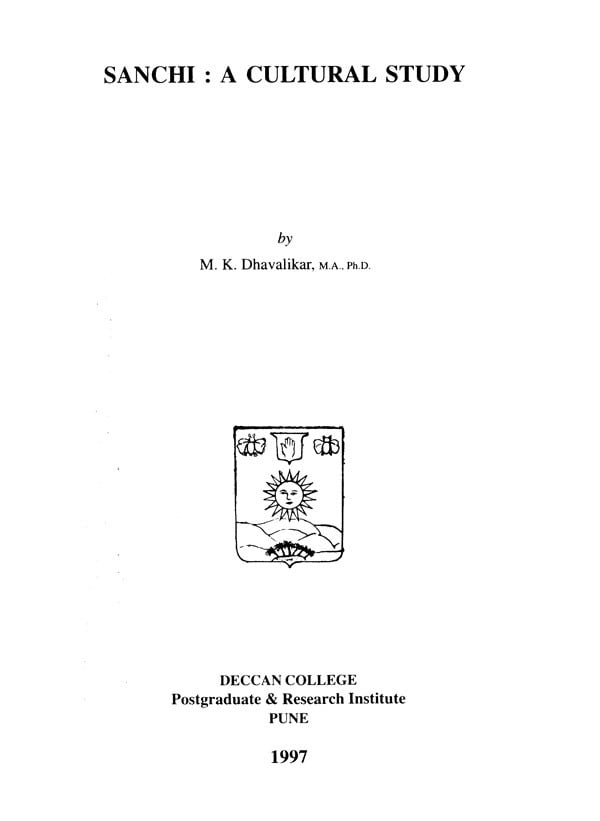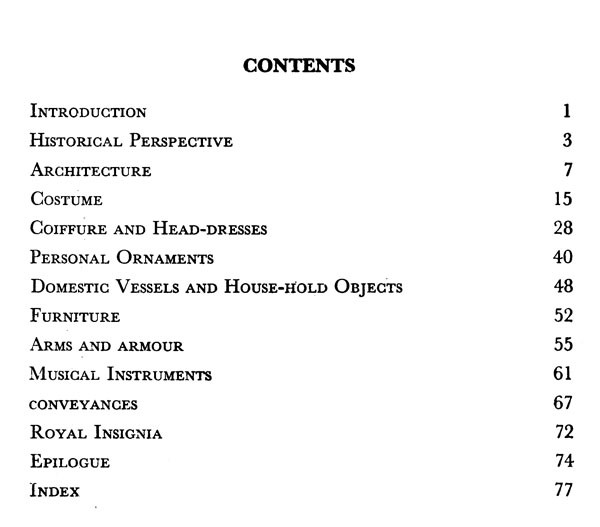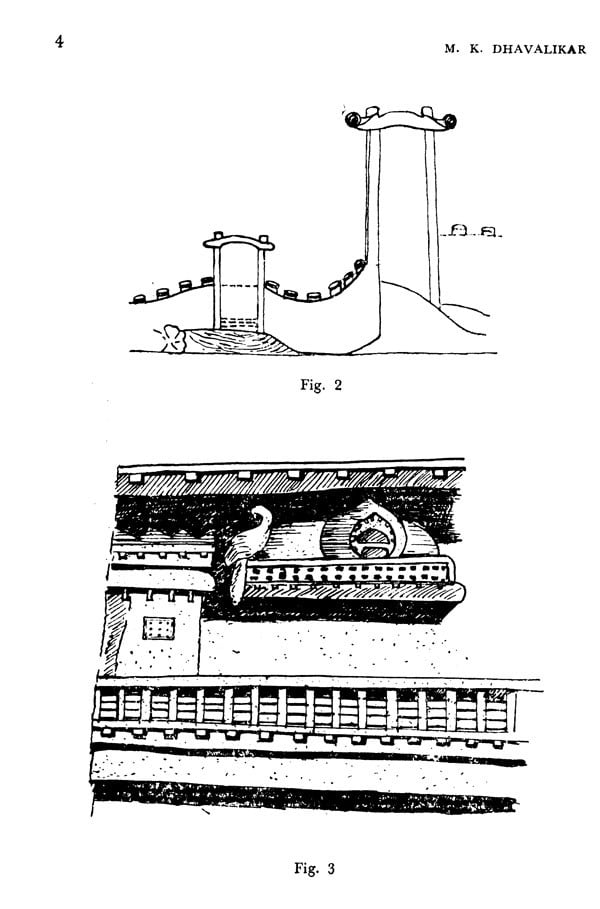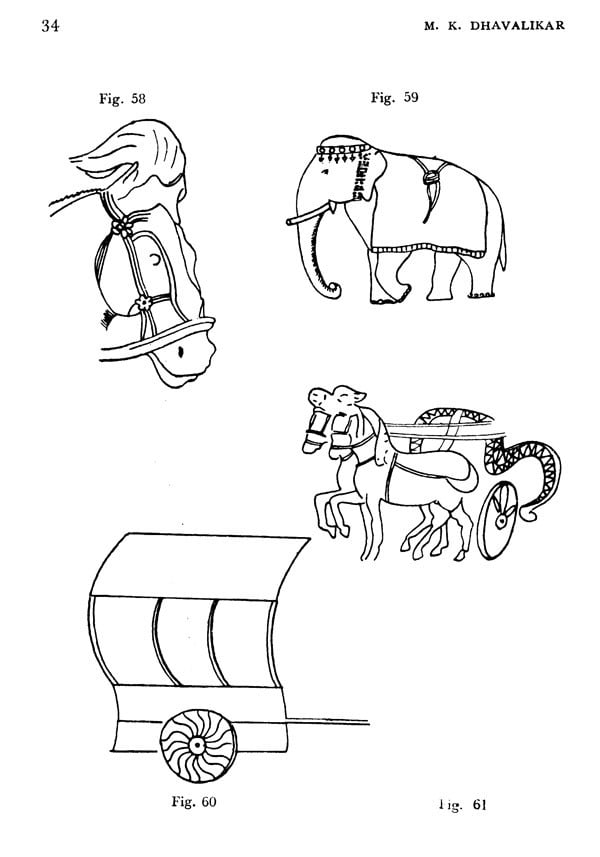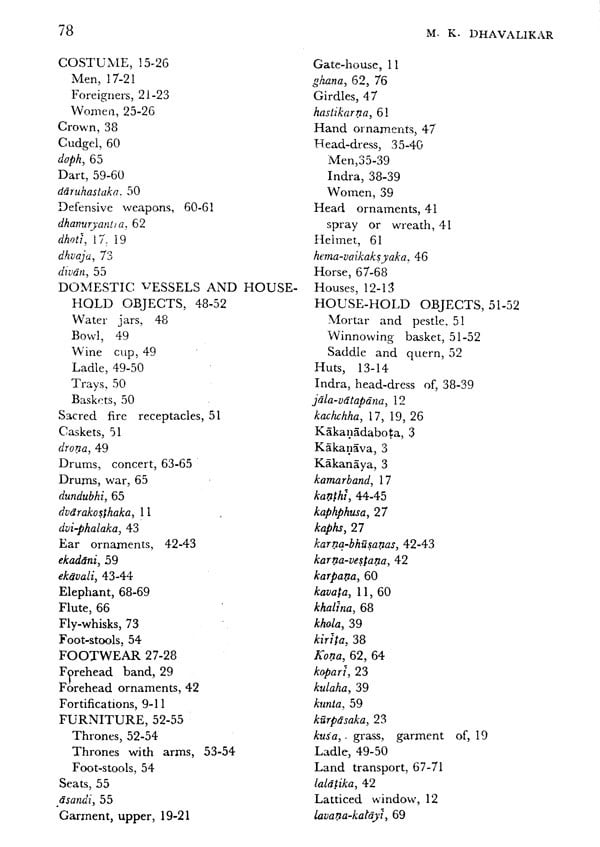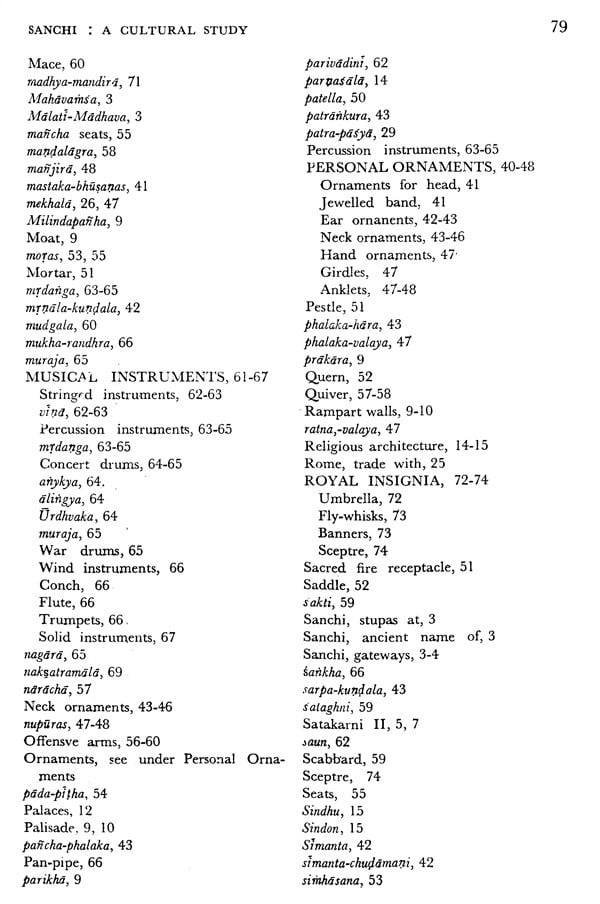Foreword On the 15th of October 1964 the Deccan College celebrated the centenary of its main Building, and curiously enough this period coincides with the Silver Jubilee of the Postgraduate and Research Institute which, as successor to the Deccan College, started functioning from 17th August 1939 when members of the teaching faculty reported on duty. When I suggested to the members of our faculty the novel idea that the centenary should be celebrated by the publication of a hundred monographs representing the research carried on under the auspices of the Deccan College in its several departments they readily accepted the suggestion. These contributions are from present and past faculty members and research scholars of the Deccan College, giving a cross-section of the manifold research that it has sponsored during the past twenty-five years. From small beginnings in 1939 the Deccan College has now grown into a well developed and developing Research Institute and become a national centre in so far as Linguistics, Archaeology and Ancient Indian History and Anthropology and Sociclogy are concerned. Its international status is attested by the location of the Indian Institute of German Studies (jointly sponsored by Deccan College and the Goethe Institute of Munich), the American Institute of Indian Studies and a branch of the Ecole Francaise d'Extreme- Orient in the campus of the Deccan College. The century of monographs not only symbolises the centenary of the original building and the silver jubilee of the Research Institute, but also the new spirit of critical enquiry and the promise of more to come.
Preface The study of the material culture of our ancient past a reflected in carvings and paintings is still in its infancy. Pioneer in work, however, has been done in the subject by scholars like Sri Sivaramamurti, Dr. Moti Chandra, Dr. V. S. Agravala and others. I myself studied the Ajanata paintings from this point of view. The present werk can therefore be said to a further step in the field.
The subject was first suggested to me by Professor H. D. Sankalia, my revered guru. For this I am deeply beholden to him.
I am thankful to Dr. M. S. Mate for seeing the wrok through the press and to Dr. Mrs. S. Gokhale for going through the proofs. My friends, Sarvashri D. S. Chandrachud, Datta Kulkarni and R. B. Sapre prepared the illustrations. To them my thanks are due. I also gratefully acknowledge the help received from Sri A. Ghosh, the Director General Archaeology in India, New Delhi, who kindly supplied the photographs.
Lastly I am grateful to Rekha, my wife, for all her help.
Introduction It is customary to talk about Indian culture but so far as its material aspect is concerned we do not precisely know what it was. Our knowledge of the material culture of our ancient past is deri- ved, to a great extent, from literary sources which, however, are too sketchy and in many cases we do not know as to what refers to what. The only reliable source, therefore, is the actual specimens that are found in the course of archacological excava tions at ancient sites. But there is hardly any ancient site worth the name, with the solitary exception of that at Taxila, which has been subjected to thorough and yet scientific excavation. In the circumstances, we have to depend solely on the plastic representations of our ancient cultural equipment. In this connection it would be no exaggeration to state that there is hardly any other monument in the country, save the wall paintings at Ajanta, like the great stupa with its ornamental gateways at Sanchi, which depicts such an immense wealth of objects of daily use. These magnificent toranas are profusely sculptured with many scenes from the past lives of the Enlightened One' and in doing so the royal sculptors of the Satavahanas have portrayed the contemporary life in these dainty carvings. The reliefs thus constitute an illus- trative documentary on the contemporary life and are therefore helpful in building up a vision of our vanished past in all its glory.
In the following pages, therefore, an attempt is to study the entire wealth of the cultural equipment that is depicted in the reliefs, to compare the same with the actual specimens that have been found in the excavations of ancient sites, to note the plastic parallels, to substantiate it with the help of the accounts of foreigners and to corroborate the same by literary descriptions as far as possible.
**Contents and Sample Pages**
